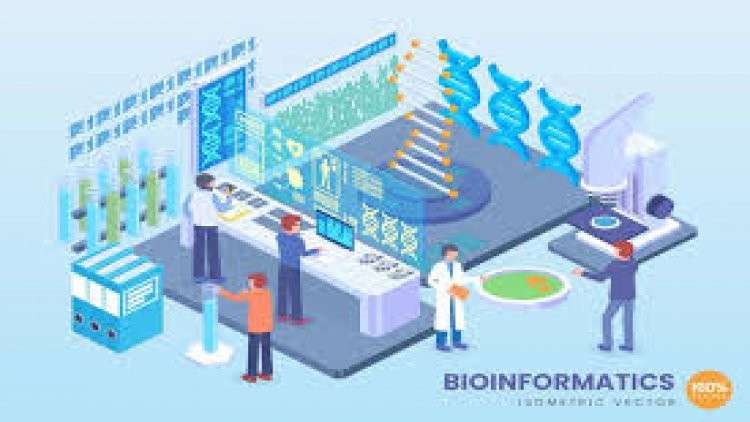
Leading Bioinformatics Course for Students to Master Bioinformatics and Biological Data
What you will learn
You will learn about Bioinformatics (Definition)
You will learn about History of Bioinformatics
You will learn about Components And Application of Bioinformatics
You will learn about Biological Databases Both Primary & Secondary
You will learn about FASTA and Reference Sequence
You will learn Basic Theory & Practical demonstration of Bioinformatics tools
You will learn about how to search sequence using Entrez
You will learn about BLAST(Basic Local Alignment Sequence Tool)
You will learn about How to use BLAST for searching(finding) similar sequence
You will briefly learn about ClustalW2
Description
This Bioinformatics course is going to game changer for you. Currently, there is an explosion of biological data. Bioinformatics is at the intersection of biology and computer science.
What is Bioinformatics ?
In biology, bioinformatics is defined as, “the use of computer to store, retrieve, analyze or predict the composition or structure of bio-molecules” . Bioinformatics is the application of computational techniques and information technology to the organization and management of biological data. Classical bioinformatics deals primarily with sequence analysis.
Aims of Bioinformatics
- Development of database containing all biological information.
- Development of better tools for data designing, annotation and mining.
- Design and development of drugs by using simulation software.
- Design and development of software tools for protein structure prediction function, annotation and docking analysis.
- Creation and development of software to improve tools for analyzing sequences for their function and similarity with other sequences
You will be using the DNA and protein sequence on-line databases that are the core of bioinformatics. There are two general types of sequence databases: Primary databases contain experimental results in an accessible format, but are not sequences that are a population consensus. DDBJ, EMBL, and GenBank are primary databases. Secondary databases are curated to reflect consensus sequences from multiple experiments and usually use the primary databases as their sources.
Abbreviations
DDBJ – DNA Databank of Japan
EMBL – European Molecular Biology Laboratory
NCBI – National Center for Biotechnology Information
BLAST – Basic local alignment search tool
ClustalW2 – Use for Multiple sequence alignment (MSA)
This course will be extremely helpful to students of data analyst and bioinformaticians because they use the databases a lot in their work.
If you guys have any questions or suggestions please let me know in instructor inbox I’ll try to answer all of your questions within 12 hours.
Content